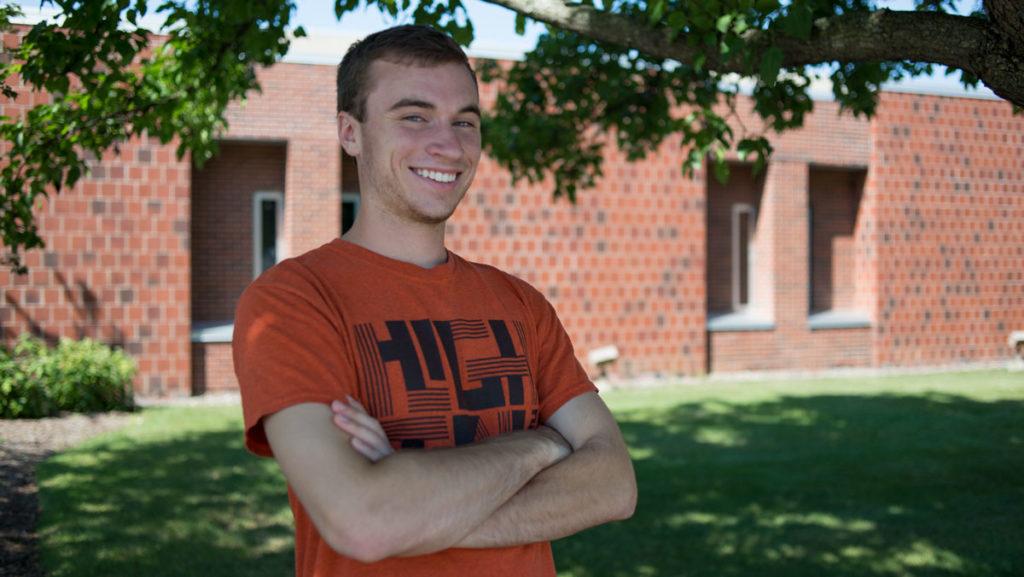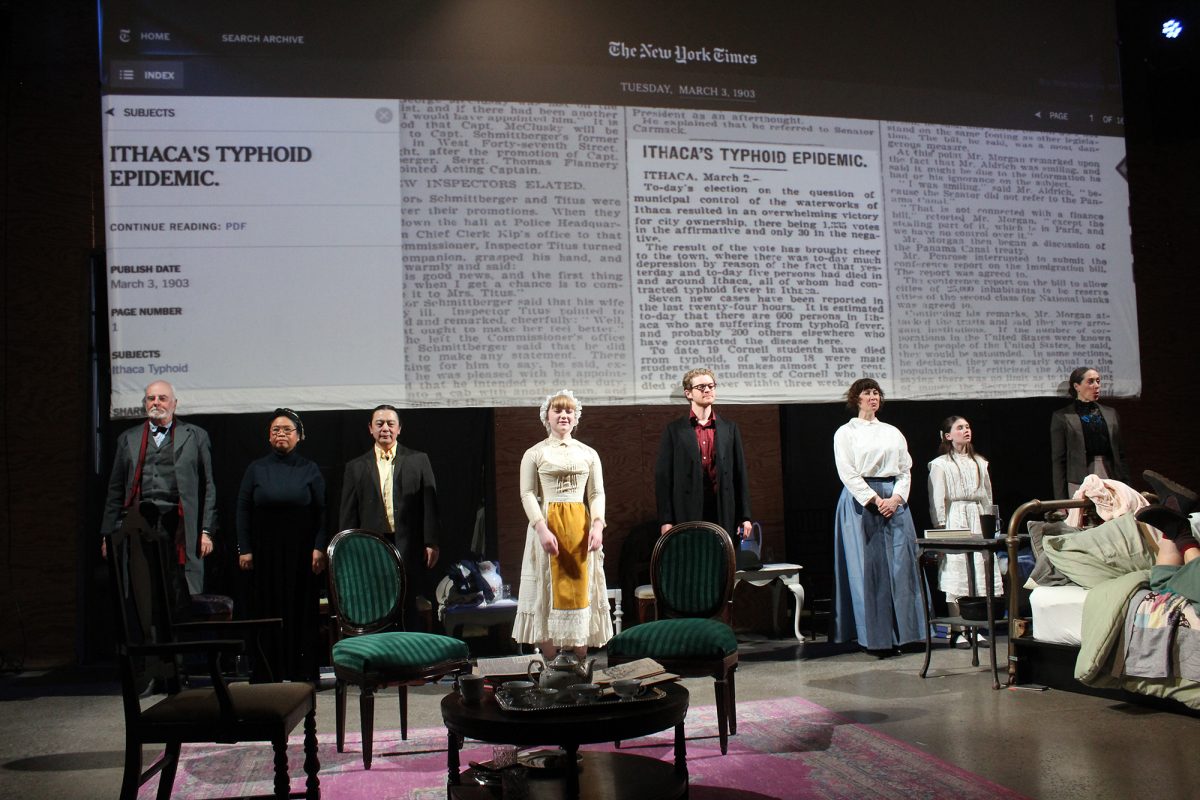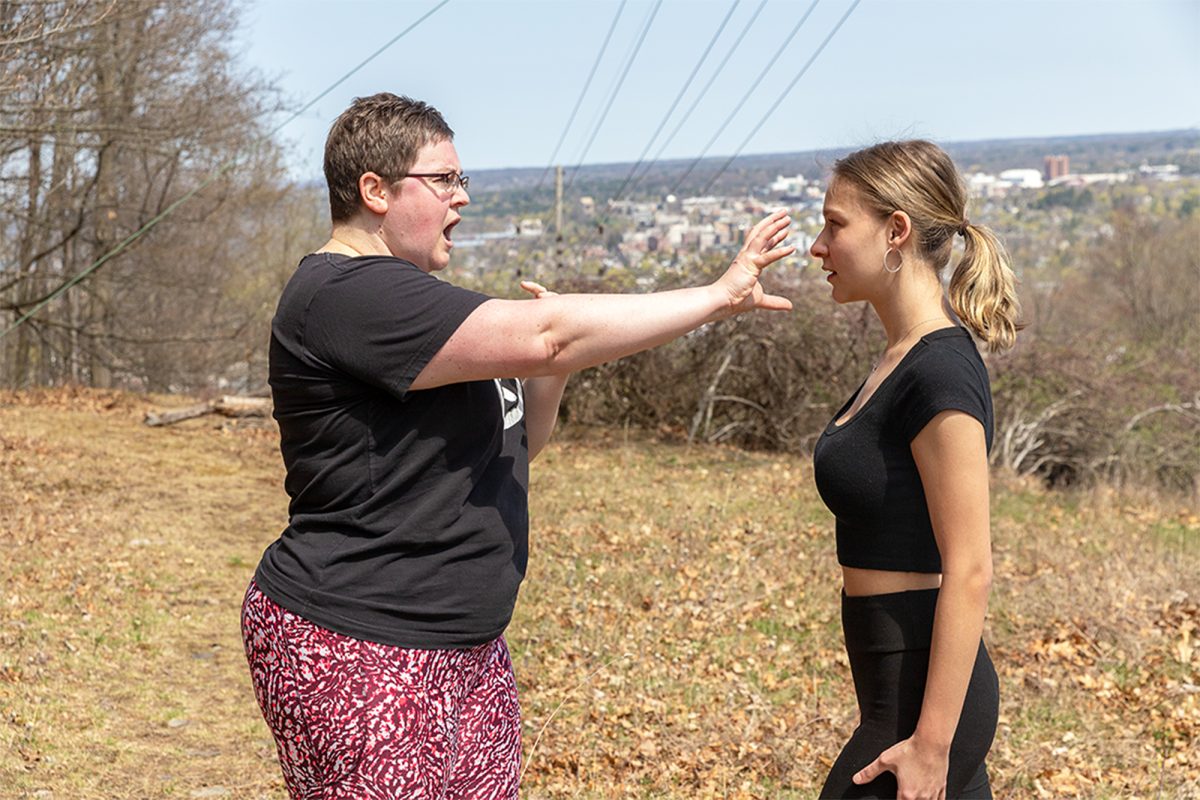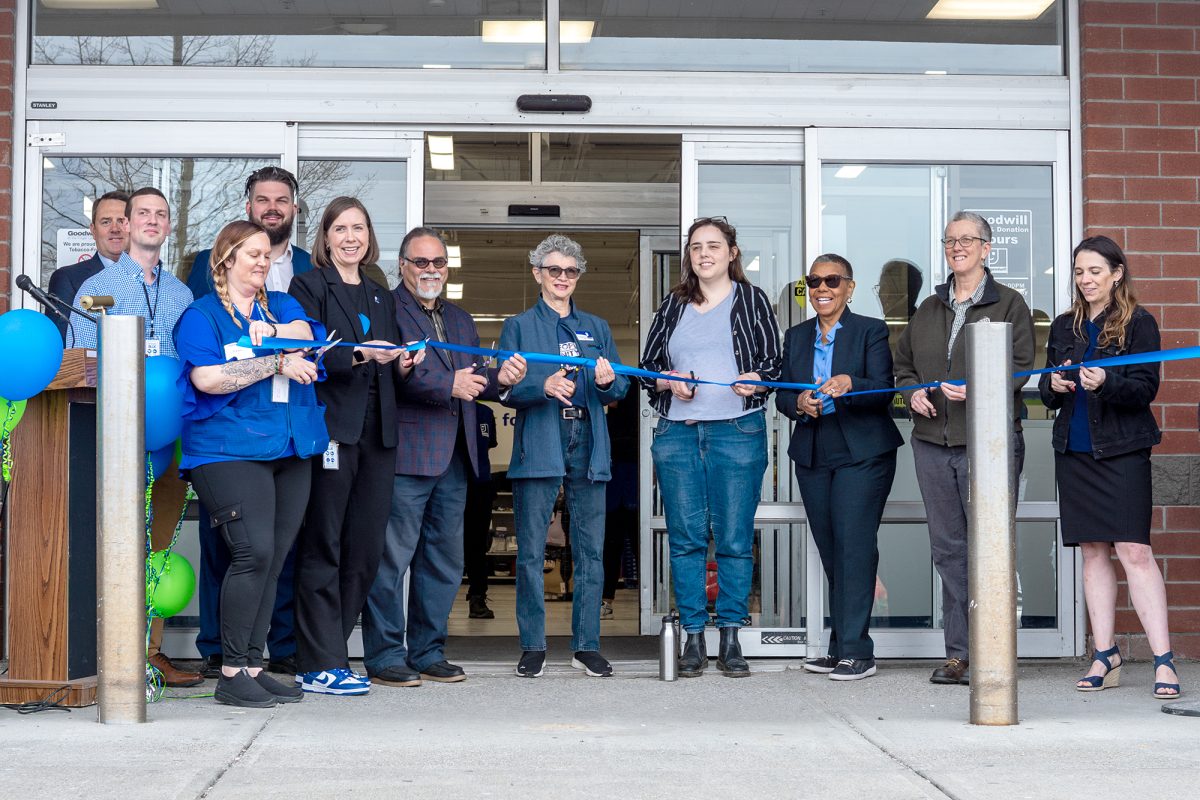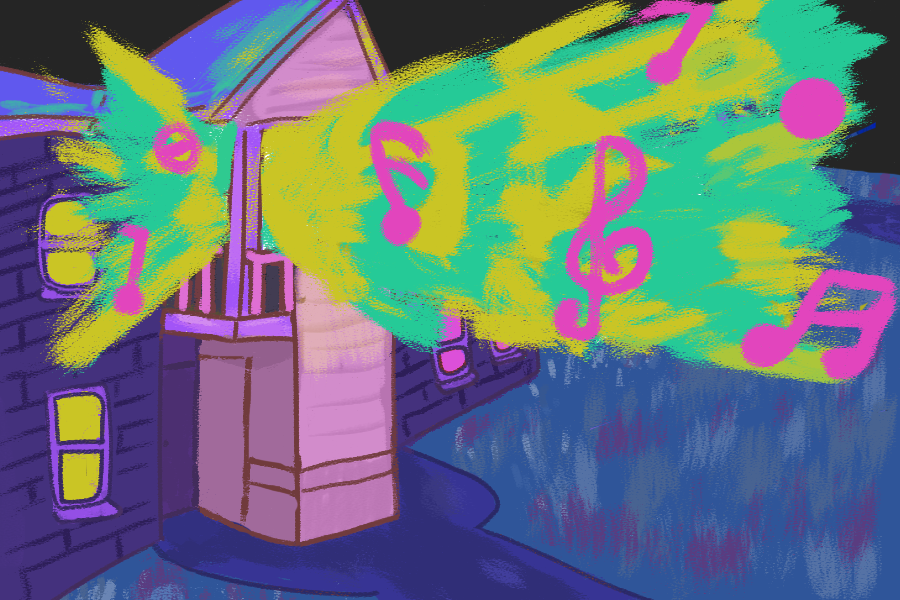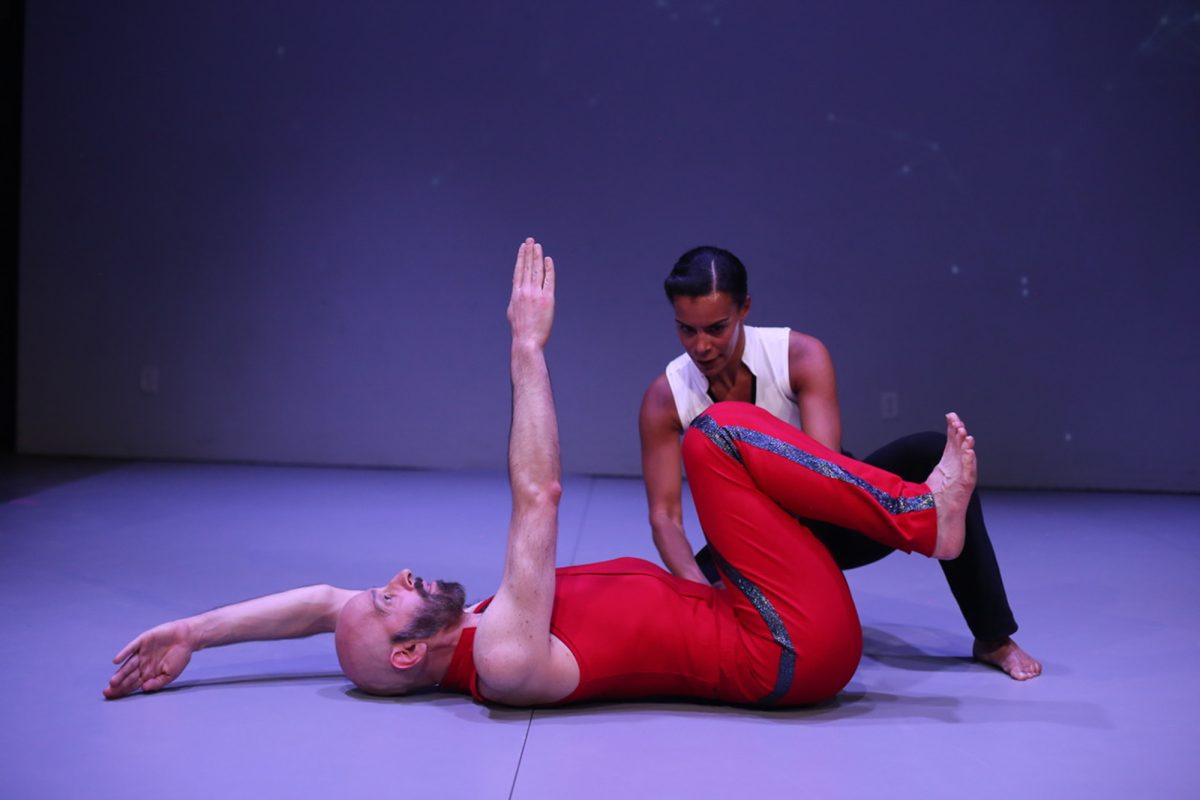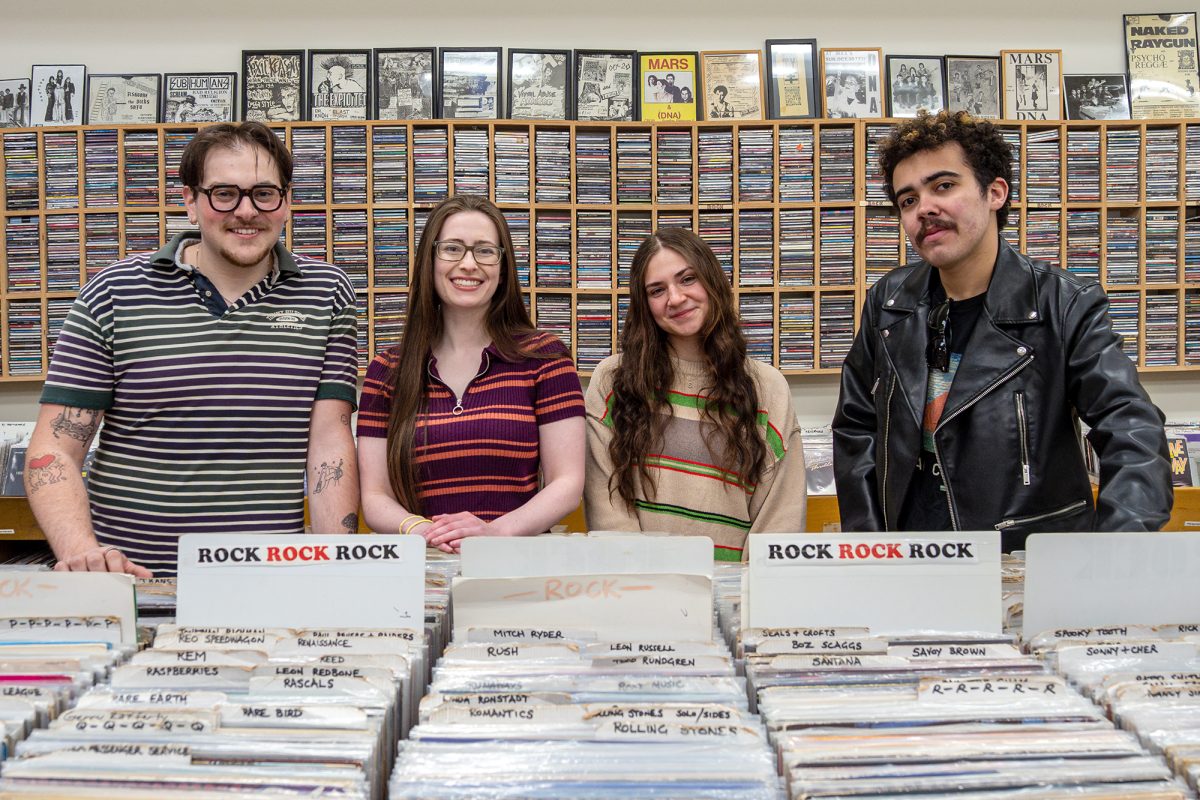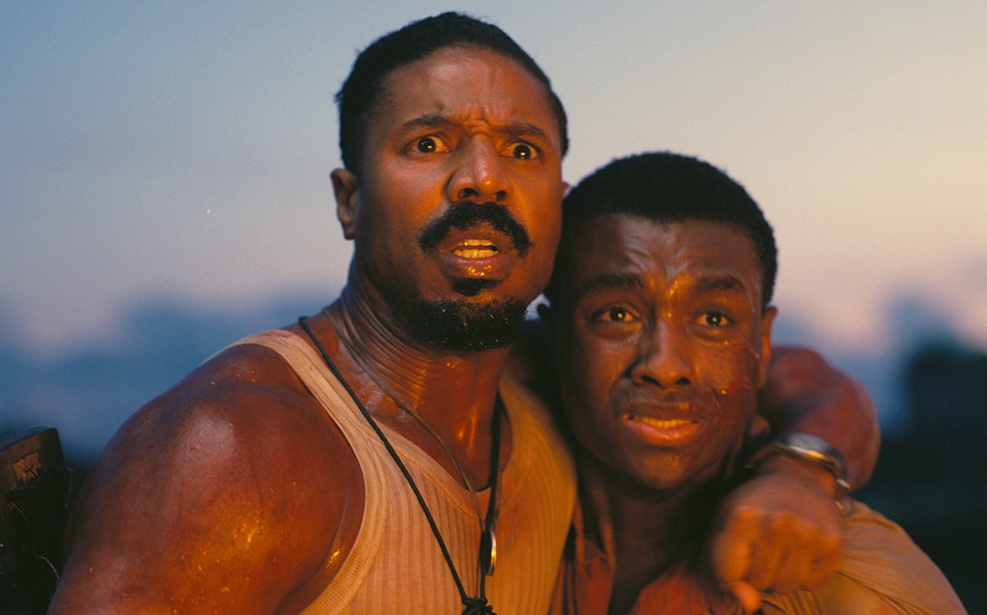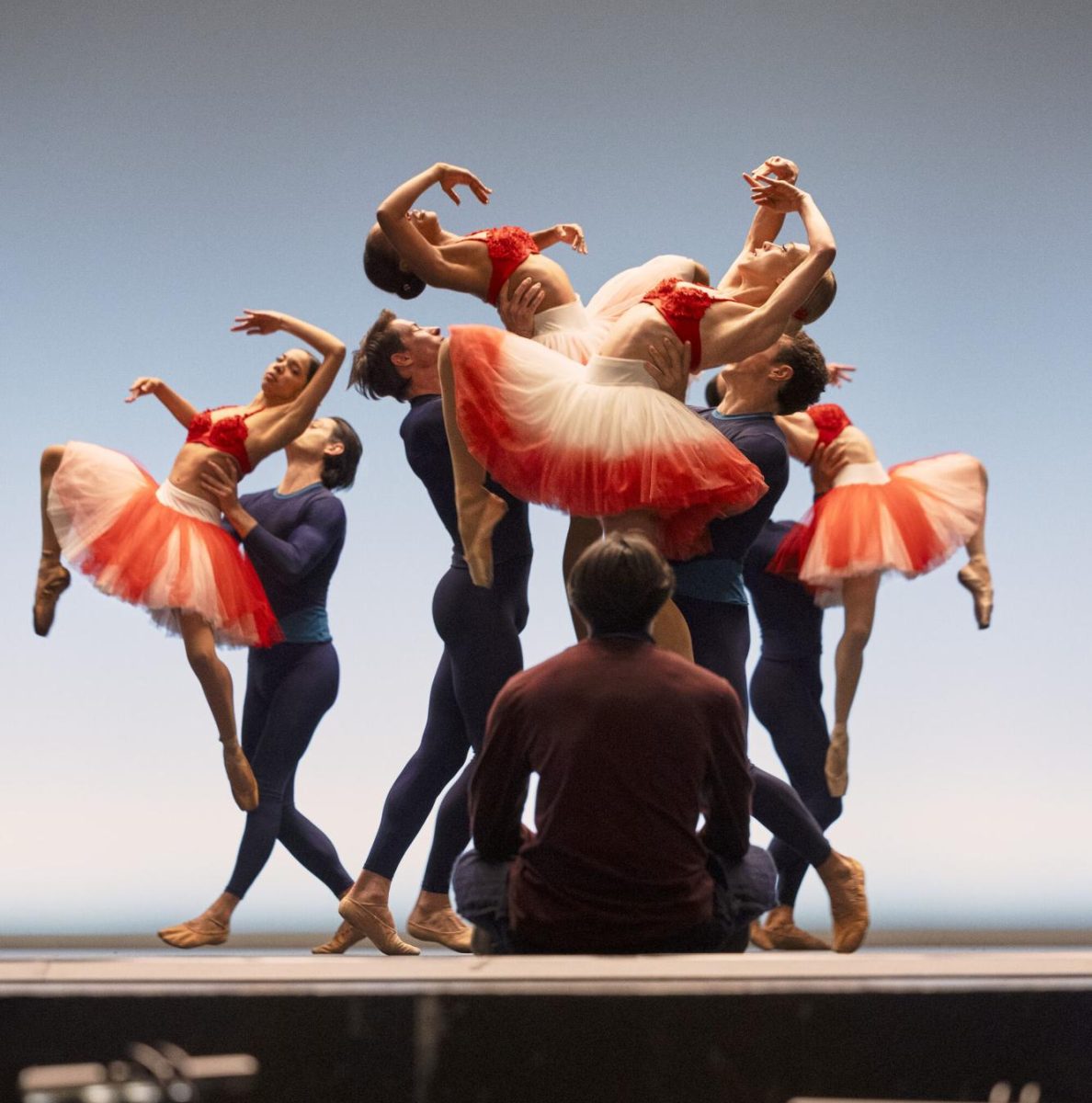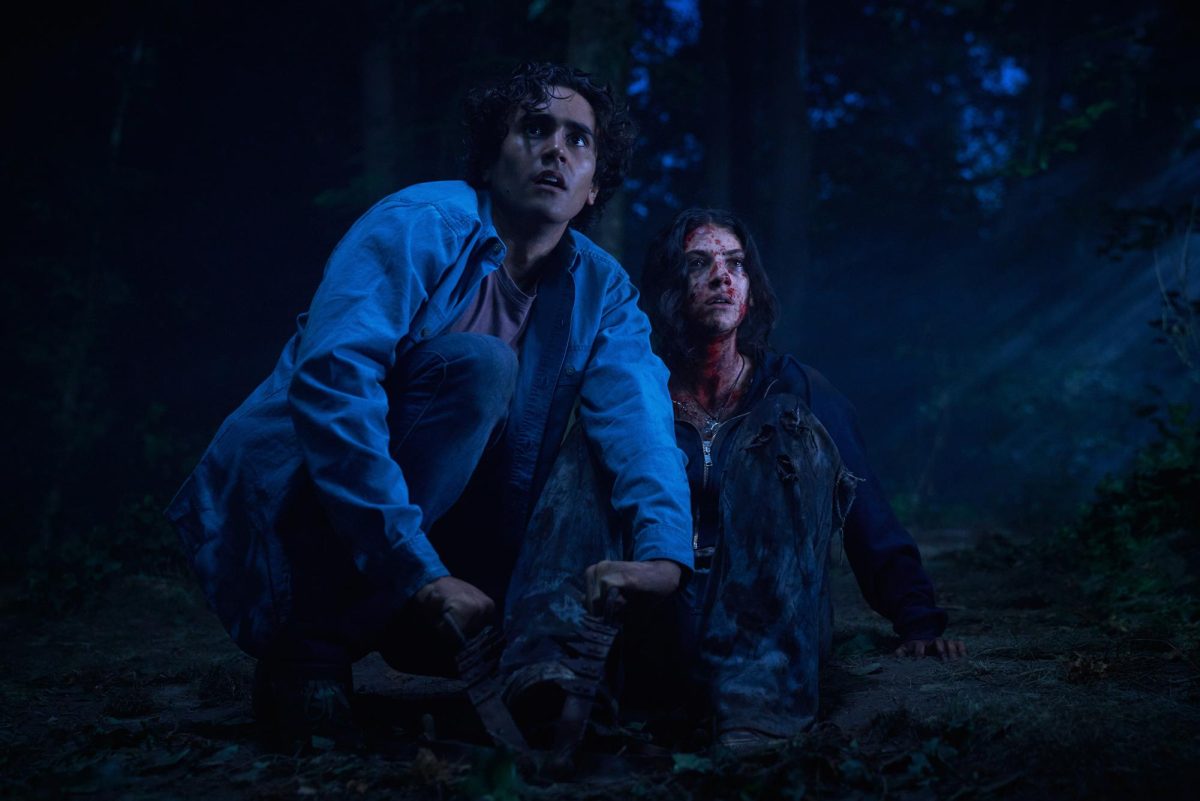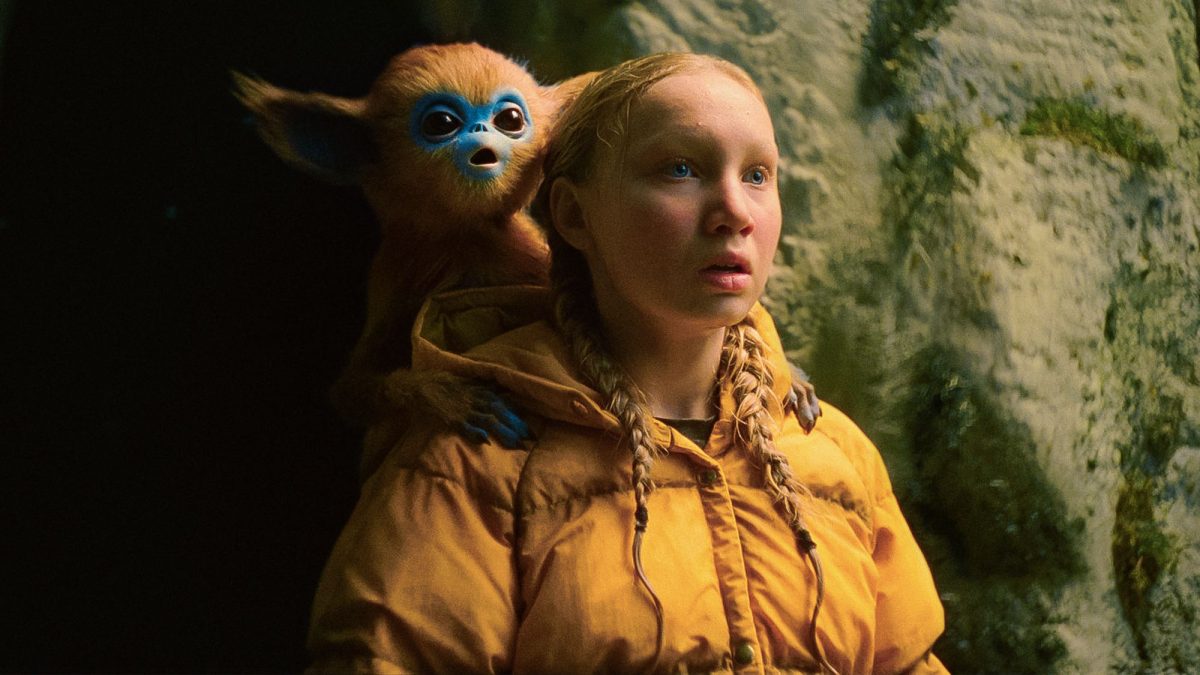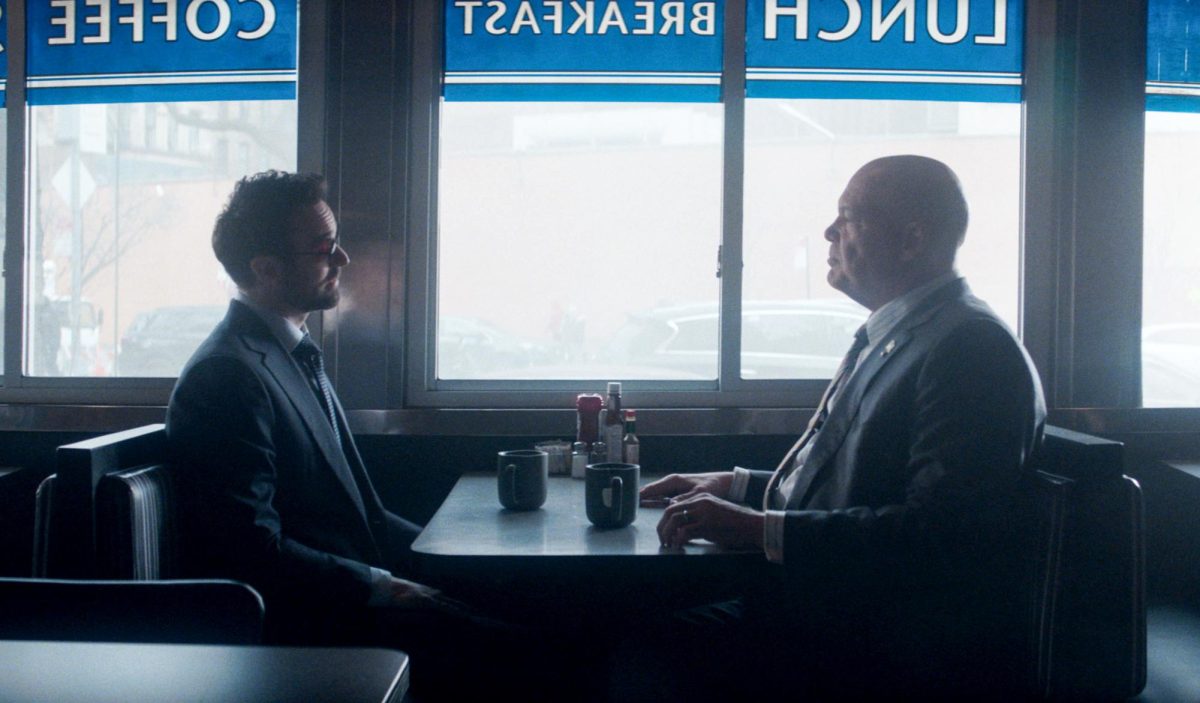Ithaca College junior Drew Stierhoff collaborated with his faculty mentor, Ellie Fulmer, assistant professor of the Department of Education, over the summer to create a structured, analytical teacher’s guide for how to teach social studies to junior-level high school students. The duo designed a curriculum that meets New York state Common Core Learning Standards. The new curriculum is intended to urge students to think differently and develop critical thinking skills, preparing them for college.
Assistant Life & Culture Editor Kate Nalepinski spoke with Stierhoff to discuss the project he worked on this past summer as a part of the H&S Summer Scholars program.
This interview has been edited for length and clarity.
Kate Nalepinski: How does the curriculum you’ve created benefit high school students?
Drew Stierhoff: I think it’ll be more engaging. I always heard from a bunch of students I talk to — I tell them I’m going to be a social studies teacher, and they say, “Oh, I’ve always hated history class.” I hope that this will bring students in more since they’re working directly with the history. It’s more emotional since they’re actually seeing how people felt about the events and issues that were taking place during that time. I’m not just standing in front of them, telling them what happened. It’s easy to say, you know, “People were starving during The Great Depression.” But it’s so much better to have a first–person source, someone who was suffering during that time, to talk about it.
KN: How specific is the content you created?
DS: Well, of course, I didn’t write out everything this summer — that would be a very long process. But I have it all mapped out, and I have some individual lesson plans that display the teaching tactics that I want to use.
KN: What are some of those teaching tactics?
DS: A lot of primary source work. I’ll have students go home and read material from primary sources, analyzing them and answering guiding questions about those sources that kind of point them towards the author’s bias — the author’s purpose. I really want students to be looking at these sources critically, and not just looking to take facts from it, but considering the arguments being made from sources, and the author’s background, and the position they’re taking. I’m hoping teaching in this manner will help them look at today’s media differently as well. It’s so easy to look at the news and absorb it all. You’re looking through Facebook and everyone is posting biased articles from positions that may not be that backed up, you know? A lot of people develop extreme opinions, and they’re not able to hear out other sides of the story or consider other people’s opinions. By putting all these opinions out there of different historical events, I want students to be looking at these other opinions.
KN: Do you think that the structure you came up with will reduce bias from high school students, potentially making them more open-minded by the time they reach college?
DS: Yeah, I’m trying to push open-mindedness. I don’t know if they’ll be less biased, I just want them to recognize bias and where it exists in media, in the world and in history.
KN: What does the future for this project look like?
DS: My plan, for right now, is to keep applying it to my education. I’m going to continue to take history and education courses throughout my time at IC, so I can think about those classes in a more practical way and apply them to my curriculum that I’ve started to work on. It makes the theories and historical content I’m studying a lot more practical toward my future career.
KN: The [New York state] Common Core has had a lot of criticism from parents, faculty and students within the state. Since you worked through it, what’s your opinion on it? Is your project resolving some of the issues parents are complaining about with Common Core?
DS: I don’t think it’s resolving the issues, no. Kind of working within the Common Core was a pretty big struggle because I’d be pushing through. But on the Common Core, there would be content I didn’t want to focus on. I see it as an obstacle, but it’s also good to have guidelines. We just have to make sure teachers still have the ability to be creative and teach their class how they want to teach it. Historians gather evidence to create their theories of history, and that’s how I want students to be thinking about history in my class.


